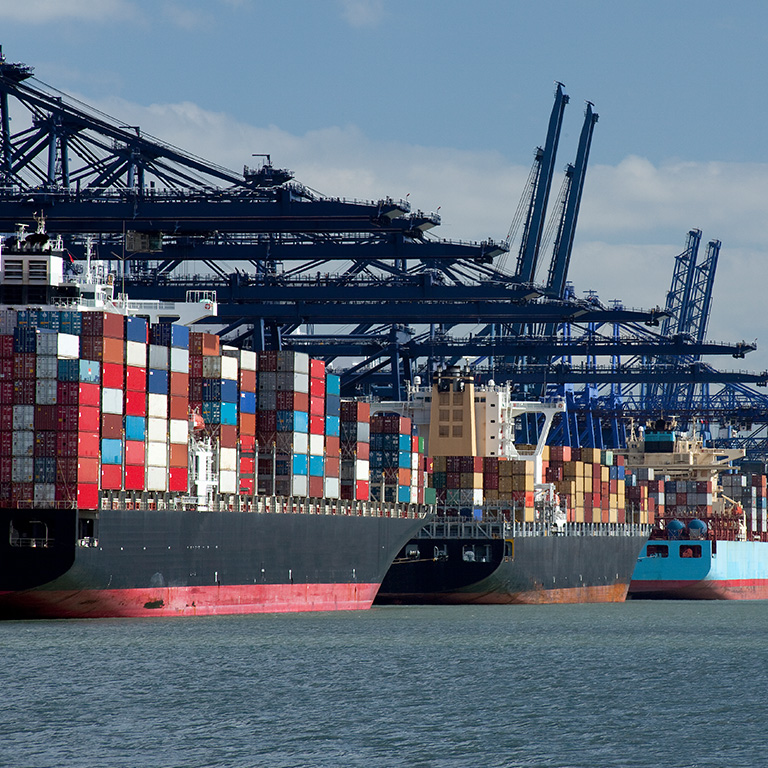
Giampaolo Scarso
International Leader, Marsh Advisory
The rapid growth of technology also necessitates readiness to adapt to the newest digital and cyber threats.
To stay ahead of these risks, Marsh brings a team of advisors who can provide insights and advice to help you:
Our needs-based solutions are tailored to your specific goals. We can help you better understand and navigate risk, as well as improve outcomes and maximise controls.
Our risk consulting solutions team works with you to create risk management strategies designed to help you build resilience, applying deep industry expertise, advanced analytics, and specialist global knowledge.
Our analytics solutions provide actionable insights for informed decision-making on managing risk, powered by unrivalled data.
Our comprehensive claims management offering, specialist insight, and market-leading innovations add up to better results for you.
Marsh’s Advisory Solutions help you stay ahead of risk.

15/04/2025
Beyond the financial and operational impacts of tariffs, businesses may face trade-offs that require careful consideration of both short- and long-term effects. Trade-offs could impact sustainability initiatives, product quality, supplier concentration, and overall operational strategies.

27/05/2025
Explore key strategies for European businesses to navigate tariffs and uncertainty, enhancing risk management and positioning for future growth opportunities.

10/06/2025
Explore strategies for navigating sector-specific tariffs under Section 232 and Section 301. Learn to assess risks and optimize supply chains for sustainable growth.

Case Study
18/08/2023
A UK-based rental company experienced record growth during the COVID-19 pandemic. But with no centralised resilience strategy, the firm was exposed to a high level of disruption.

Case Study
18/08/2023
Marsh’s Advisory team worked with the company to develop an approach with four critical components that included assessment of the current state, quantifying risk exposures, and developing the company’s first TCFD report.

Case Study
18/08/2023
A large Australian firm in the real estate industry was focused mainly on its financial and treasury risks, due in part to its lack of an enterprise risk management (ERM) framework. This low ERM maturity level created blind spots in certain areas and the potential for risk control failures.
Risk management is complex and dynamic.
New and existing risks can interrupt day-to-day operations and negatively impact profitability. While risks cannot always be eliminated, they can be managed. Measuring risk exposure, and identifying the most critical internal and external threats that can impact you, is important to protecting your business. Our risk consulting solutions team creates tailored risk management strategies to help you build resilience, informed by our deep industry expertise, advanced analytics, and specialist global knowledge.
We also deliver comprehensive claims management, providing specialist expertise and market leading innovations for better results.

International Leader, Marsh Advisory

United Kingdom

Data Science and Platform Analytics Leader, Marsh

India, Middle East & Africa Leader, Marsh Advisory
United Arab Emirates


Head of Marsh Advisory, Pacific
Australia



Page Compliance ID